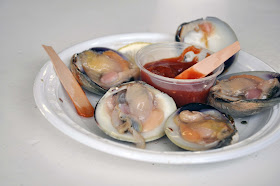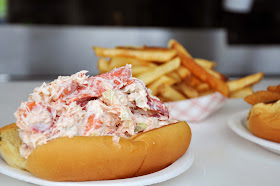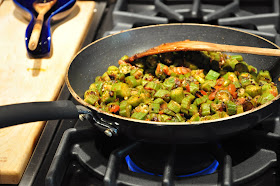 |
| Lunch at home! |
Many of you reading this know that after many years of living in India, my parents have returned to their house on Long Hill Drive! Having them close again is wonderful, and being back in the house is surreal. Sleeping in my old room, sorting through boxes of stuff- notes and journals, pictures and letters, videos, drawings and writings- I am 13 years old again, and 17, and 19, and 22…
And as much as 411 has meant to me, I know it also lives in the memories of all my friends- from middle school, high school, college and the CIA. It has a place in the hearts of my far-flung family, who’ve come from all points of the globe to stay and know the beauty that is New Jersey. It has ever been a welcoming place, with plenty of booze and good food and glittering blue pool out back. And the two most giving and generally awesome people who own it are always happy to have you over, I’m just lucky enough to call them my mom and dad.
It’s nice to be home, and the bestest thing about this summer is that my mother’s mother, Aji, has come to stay for a few months. Every morning she prepares some delectable vegetable dishes for lunch, and I have been watching her cook, trying to absorb all I can. This is the Indian cuisine of my youth- simple, flavorful and healthy, with no adverse digestive consequences to face afterwards.
There is a feeling out there that Indian food is extremely hard to cook, when actually it should be quite uncomplicated once you get the method. My Aji doesn’t use a big fancy knife and she cooks everything in small pots and pans, but I’ve never tasted anything near as delicious in any restaurant.
In French cooking, we start with a mirepoix- in Indian cooking we start by frying spices in hot oil, then adding chilies, onions, garlic and ginger. The goal is the same, we are building a flavor base. Aj rubs the cumin seeds in her hand before adding them to the pot to release the oils. She then adds onions and turmeric and fries them for a few minutes.
One of my favorite dishes has always been okra, but the few times I’ve tried to cook it I end up with an unappetizing gooey mess. Aji suggests adding some acid to the dish to cut the goo, in the form of cut tomatoes, lime juice, sour mango powder, or even some vinegar.
She adds coriander and cumin powder, salt and a pinch of sugar, then covers and cooks on low for about 10 minutes until the vegetables are tender. No goo! She garnishes with fresh chopped cilantro.
Meanwhile, my mother works on a delicious cucumber “salad” ( I can’t even begin to spell the word in Hindi)
She grates ginger and adds to the chopped cucumber, chilies, and salt. She makes a “sauce” with tamarind, fresh coconut and some jaggery, and tosses in a bit of the fried cumin seed and oil.
The result is a bright salad- tangy, cool, sweet and spicy all together!
You might be wondering: where are the recipes?? Well, there are no recipes for this type of vegetarian home cooking- I could tell you to add a teaspoon of cumin seeds or a cup of chopped tomatoes, but you could just as easily leave the tomato out or double the cumin- the beauty is the nuance of the cook, so the same dish can appear in a billion different incarnations in homes all across the world.

The key is to understand the method: hot oil, spice seeds and chilies, vegetables, ground spices and powders. After that, it is just a matter of getting to know your spices and flavors: garlic, ginger, cumin, coriander, mustard, turmeric, black gram, chili powder… the list goes on and on! Dual Specialty Store is an excellent Indian grocery near me on 1st Avenue between 5th and 6th Streets, where I can find all the necessary spices. We Indians have spread ourselves all over this country, and by now I’m sure most of you out there would have no problem locating your local source for split lentils and garam masala.
I am still far from confident with my use of the spices, but I’ve gotten better with practice. Like anything else, it takes testing and tasting, and I’m learning as I go. I have a lot to live up to, but I can’t be too hard on myself if my cooking doesn’t taste as good as my Aji’s- mine is just starting out and hers is flavored with a lifetime of understanding.






















































